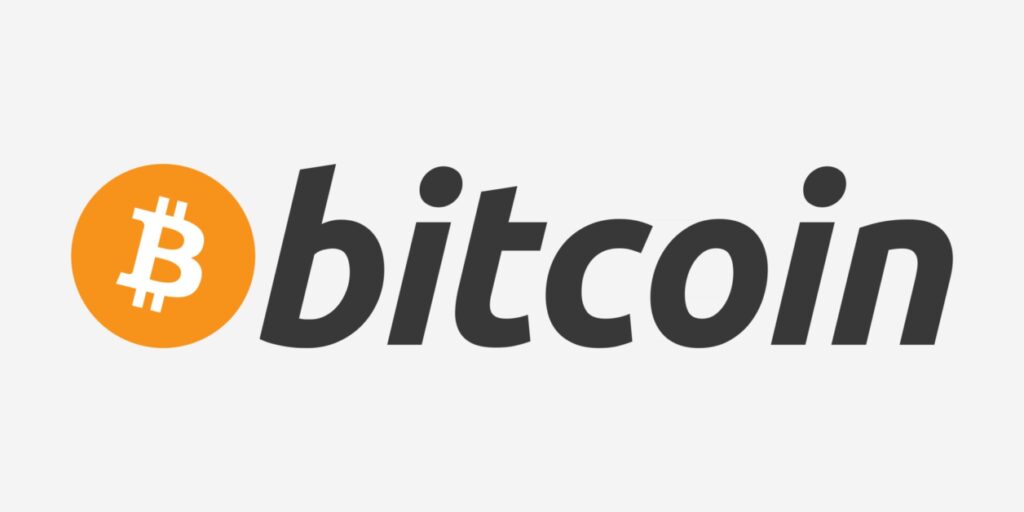Blockchain interoperability is a rapidly emerging topic in the world of blockchain technology. It refers to the ability of different blockchain networks to communicate and interact with each other, allowing for the seamless transfer of assets, data, and information across different blockchains. Blockchain interoperability has gained significant attention due to its potential to overcome one of the biggest challenges of blockchain technology – the lack of standardization and compatibility among various blockchain networks.
One of the main drivers behind the interest in blockchain interoperability is the need for increased efficiency and scalability in blockchain networks. Currently, most blockchain networks operate in isolation, with limited or no interoperability between them. This can create silos of data and assets, limiting the potential of blockchain technology to reach its full potential. Blockchain interoperability aims to address this issue by enabling different blockchains to communicate and share data in a secure and efficient manner, allowing for the transfer of assets and information across different blockchain networks.
Another key driver for blockchain interoperability is the increasing demand for cross-chain applications and use cases. As blockchain technology continues to evolve and mature, there is a growing need for applications that span across different blockchain networks, such as decentralized finance (DeFi), supply chain management, digital identity, and more. Blockchain interoperability can unlock new possibilities for cross-chain applications, allowing for seamless integration and interoperability among different blockchain networks, which can drive innovation and foster collaboration across various industries.
Blockchain interoperability can be achieved through different approaches, including protocols, standards, and frameworks that facilitate communication and data sharing between different blockchains. Some of the popular approaches to blockchain interoperability include sidechains, cross-chain bridges, interoperability protocols, and middleware solutions. These approaches aim to establish a common language and set of rules that enable different blockchains to communicate and interact with each other in a secure and efficient manner.
One of the main benefits of blockchain interoperability is the potential to enhance scalability and performance of blockchain networks. Interoperability can enable different blockchains to work together, allowing for the transfer of assets and data across different chains without the need for complex and time-consuming processes. This can help address the scalability limitations of individual blockchains and unlock new possibilities for large-scale applications that require high throughput and fast transaction times.
Blockchain interoperability also has the potential to increase the adoption and mainstream acceptance of blockchain technology. As different blockchain networks become interoperable, it can foster collaboration and synergy among different stakeholders, including businesses, developers, users, and regulators. This can promote the development of new use cases and applications, attract more investment, and drive wider adoption of blockchain technology across various industries and sectors.
However, there are also challenges and considerations associated with blockchain interoperability. One of the main challenges is the need for standardized protocols and frameworks that ensure secure and seamless communication between different blockchains. Achieving interoperability requires a consensus among different blockchain networks, which can be complex and time-consuming. There are also concerns about the security and privacy implications of sharing data and assets across different blockchains, and the need for robust mechanisms to ensure the integrity and confidentiality of data. In conclusion, blockchain interoperability is a trending topic in the blockchain space due to its potential to enable seamless transfer of assets and data across different blockchain networks. It has the potential to enhance scalability, drive innovation, and foster collaboration among different stakeholders. However, achieving blockchain interoperability also comes with challenges and considerations, including the need for standardized protocols, security and privacy concerns, and consensus among different blockchain networks. As the blockchain ecosystem continues to evolve, blockchain interoperability will likely remain a significant topic of interest and research, shaping the future of blockchain technology and its potential applications across various industries.








